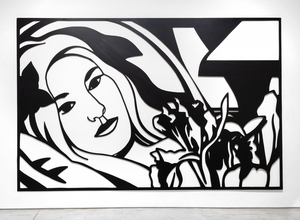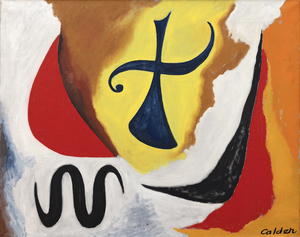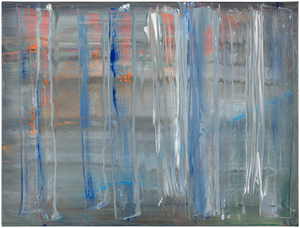TOM WESSELMANN (1931-2004)










Provenance
Estate of the ArtistRobert Miller Gallery, New York
Private Collection, Japan, acquired from the above, 2006
Private Collection of Yusaku Maezawa, Japan, acquired from the above, 2012
Sotheby’s New York: Contemporary Art Evening Sale, May 18, 2017, lot 28
Private Collection, acquired from the above sale
Christie's London: 20th/21st Century Evening Sale, Tuesday, June 28, 2022, lot 73
Heather James Fine Art
Private Collection, acquired from the above
Exhibition
New York, Sidney Janis Gallery, New Painting...More...s by Tom Wesselmann, April-May 1976, no. 9...LESS...
History
Having unwittingly inserted himself into the Pop Art conversation with his Great American Nude series, Tom Wesselmann spent the rest of his career explaining that his motivation was not to focus excessively on a subject matter or to generate social commentary but instead, to give form to what titillated him most as beautiful and exciting. His disembodied Mouth series of 1965 established that an image did not have to rely on extraneous elements to communicate meaning. But it was his follow-up performances with the Smoker series and its seductive, fetish allure that raised his standing among true sybarites everywhere. Apart from perceiving smoking as cool and chic, a painting such as Smoker #21 is the consummate celebration of Wesselmann’s abilities as a painter. Enticed by the undulating smoke, Wesselmann took great pains to accurately depict its sinuous movements and observe the momentary pauses that heightened his appreciation of its sensual nature. Like all of Wesselmann’s prodigious scaled artworks, Smoker #21 has the commanding presence of an altarpiece. It was produced during long hours in his impressive Manhattan studio in Cooper Square, and the result is one of sultry dynamism — evocative, sensual, alluring, sleek, luscious, and perhaps, even sinister — a painting that flaunts his graphic supremacy and potent realism varnished with his patented sex appeal flair.
Source Images
Tom Wesselmann expanded upon the success of his Great American Nudes by focusing on singular features of his subjects and began painting his Mouth series in 1965. In 1967, Wesselmann’s friend Peggy Sarno paused for a cigarette while modeling for Wesselmann’s Mouth series, inspiring his Smoker paintings. The whisps of smoke were challenging to paint and required Wesselmann to utilize photographs as source material to capture the smoke’s ephemeral nature properly. The images here show Wesselmann photographing his friend, the screenwriter Danièle Thompson, as she posed for some of Wesselmann’s source images.
Top Results at Auction
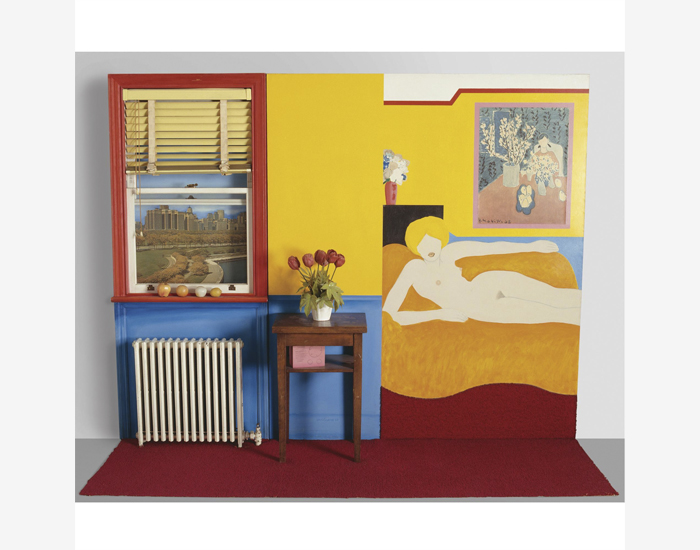
“Great American Nude no. 48” (1963) sold for $10,681,000.
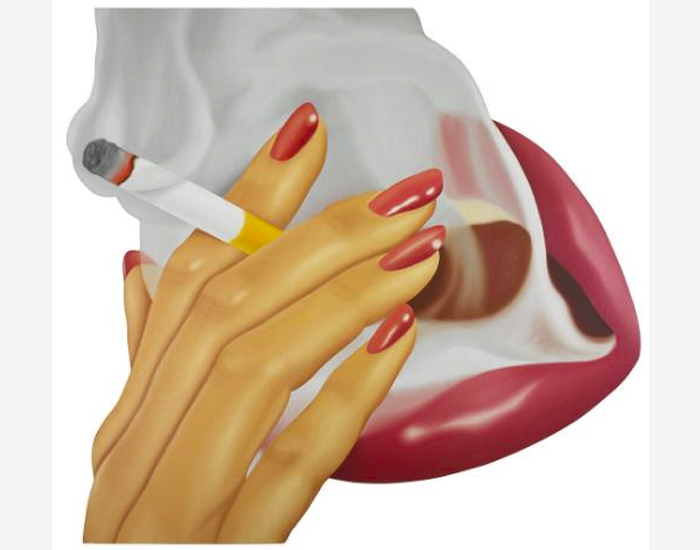
“Smoker #9” (1973) sold for $6,761,000.

“Smoker #17” (1973) sold for $5,864,000.
Comparable Paintings Sold at Auction

“Smoker #9” (1973) sold for $6,761,000.

“Smoker #17” (1973) sold for $5,864,000.

Smoker #5 (Mouth #19) (1969) sold for $4,703,900.
Paintings in Museum Collections
Museum of Modern Art, New York
Minneapolis Institute of Art
Dallas Museum of Art
High Museum of Art, Georgia
Crystal Bridges Museum of American Art, Arkansas
Cranbrook Art Museum, Michigan
Nasjonalmuseet, Norway
Toyama Prefectural Museum of Art and Design, Japan
Authentication
Smoker #21 has been approved for inclusion in the forthcoming catalogue raisonné of Tom Wesselmann’s artworks by the Wildenstein Plattner Institute’s Wesselmann committee.
Image Gallery
Additional Resources
Inquire
Other Works by Tom Wesselmann
You May Also Like





































